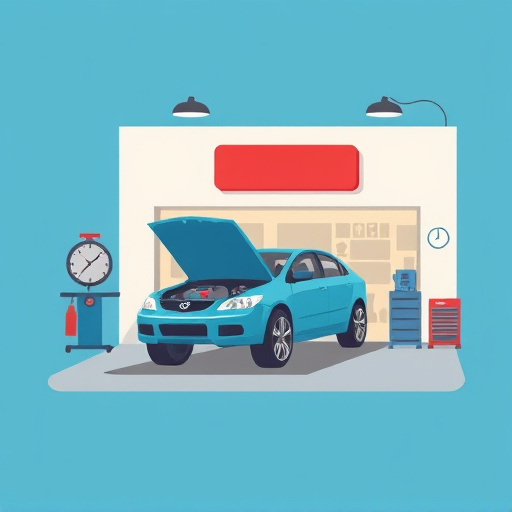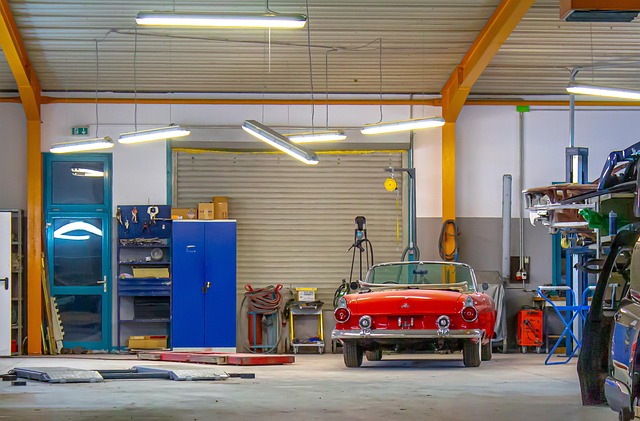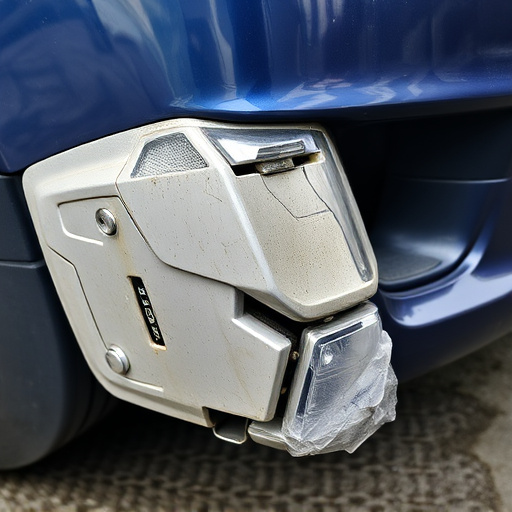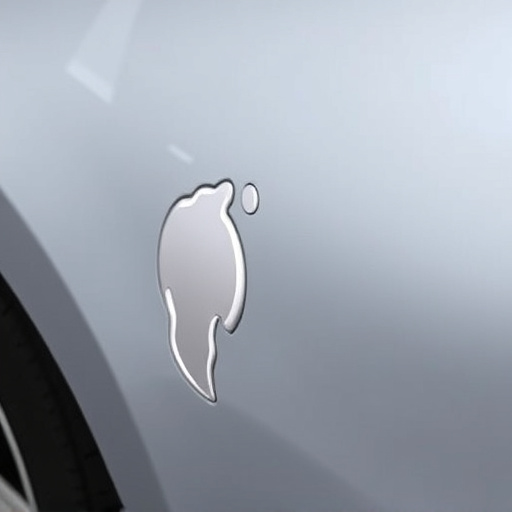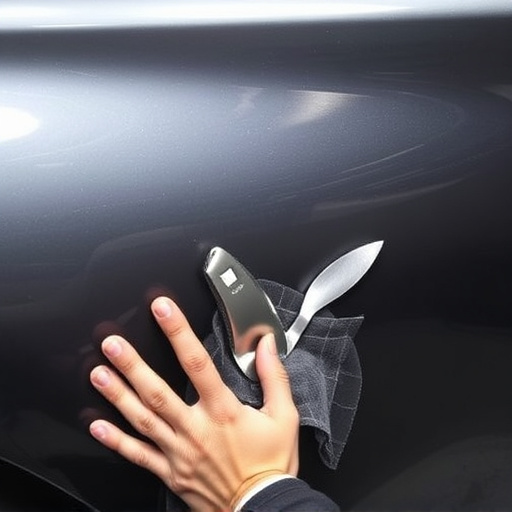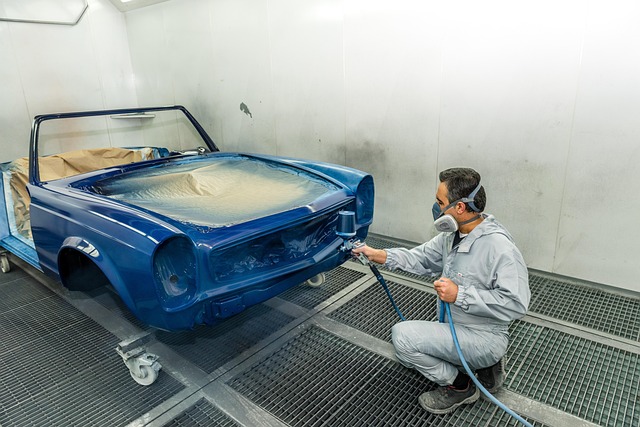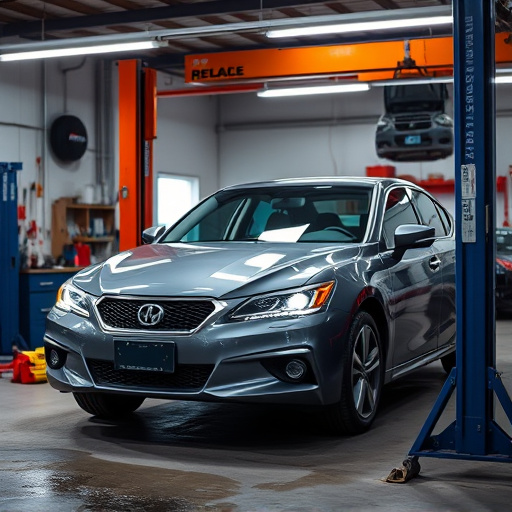Digital tools revolutionize seasonal collision repair by streamlining operations, from initial assessment to final handover. Advanced systems enable specialized shops to efficiently handle peak season surges, reduce wait times with online booking, and provide personalized communication for improved customer satisfaction. Data-driven strategic planning based on historical records and market trends optimizes resource allocation, predicts high-demand periods, and develops targeted marketing strategies to maintain competitive edge throughout the year.
In the dynamic landscape of seasonal collision repair, technology is transforming how shops optimize workflows and meet fluctuating demands. This article explores digital tools that streamline operations, enhancing efficiency during peak seasons. We delve into technology’s role in improving customer experiences by managing waiting times and providing real-time updates. Additionally, we examine data-driven decision strategies that enable collision repair shops to adapt and grow, ensuring they remain competitive in an ever-evolving market.
- Streamlining Operations: Digital Tools for Efficient Collision Repair Workflows
- Enhancing Customer Experience: Technology's Role in Managing Seasonal Demand
- Data-Driven Decisions: Leveraging Insights for Better Seasonal Collision Repair Strategies
Streamlining Operations: Digital Tools for Efficient Collision Repair Workflows

In the dynamic landscape of seasonal collision repair, staying efficient is key to success. Digital tools play a pivotal role in streamlining operations for these specialized shops, ensuring they can handle fluctuating demand and tight deadlines. By adopting modern technology, shops can optimize their workflows, from initial assessment to final handover. For instance, digital imaging and 3D measurement systems facilitate precise damage analysis, enabling quick determination of necessary car repair services, including frame straightening or vehicle dent repair.
This technological advancement not only expedites the diagnostic process but also enhances accuracy, minimizing costly errors. Additionally, cloud-based management software allows for seamless data sharing and real-time updates, fostering collaboration among team members. This integration improves communication, ensuring everyone involved in the collision repair process is on the same page. As a result, shops can provide faster turnarounds without compromising quality, meeting the diverse needs of their seasonal clientele effectively.
Enhancing Customer Experience: Technology's Role in Managing Seasonal Demand
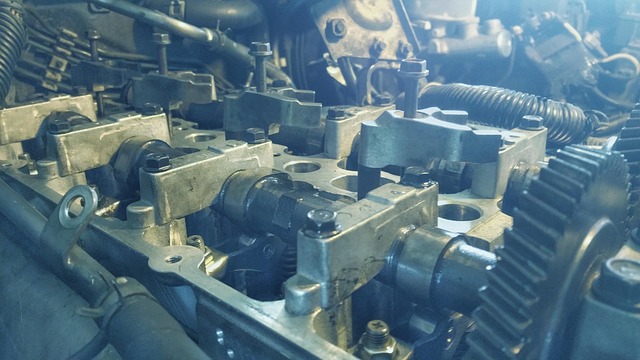
In the realm of seasonal collision repair, technology acts as a pivotal enabler, especially when demand surges during peak seasons. Advanced digital systems allow these shops to efficiently manage an influx of vehicles requiring services, such as auto dent repair or automotive collision repair. By implementing streamlined processes and real-time data management, shops can enhance their customer experience significantly. For instance, online booking platforms enable clients to schedule appointments promptly, reducing wait times and improving accessibility.
Furthermore, technology facilitates personalized communication, keeping customers informed about the status of their vehicle’s repairs, including intricate tasks like vehicle paint repair. This transparency builds trust and enhances satisfaction, ensuring that folks receive top-notch service even during bustling seasons. As a result, collision repair shops can navigate the seasonal demand landscape with greater agility and responsiveness.
Data-Driven Decisions: Leveraging Insights for Better Seasonal Collision Repair Strategies

In today’s digital age, collision repair shops can harness the power of data to make informed decisions during peak seasonal demands. By collecting and analyzing vast amounts of information, such as historical repair records, customer trends, and market dynamics, automotive body shops can uncover valuable insights that drive strategic planning for seasonal collision repair. This data-driven approach allows them to anticipate high-demand periods, optimize resource allocation, and develop tailored marketing strategies to attract more customers during these times.
For instance, tracking past repair patterns can help identify specific car models or types of damage that are more prevalent in certain seasons. This knowledge enables the shop to prepare by ensuring they have the necessary parts and skilled technicians on staff to handle such repairs efficiently. Furthermore, analyzing customer data can reveal preferences for certain services or promotions, allowing shops to create targeted campaigns to boost sales during seasonal peak periods. As a result, these data-driven strategies enhance overall operational efficiency in vehicle body repair and car bodywork services, ensuring that the automotive body shop stays competitive throughout the year.
Technology plays a pivotal role in supporting workflow efficiency within seasonal collision repair shops, managing peak demand, and enabling data-driven decision-making. By implementing digital tools, these shops can streamline operations, enhance customer experiences, and adapt to fluctuating seasonal needs. Embracing technological advancements allows for better resource allocation, improved communication, and ultimately, higher levels of service during busy periods, ensuring a competitive edge in the industry. This innovative approach to collision repair management is key to thriving in a dynamic market, where effective strategies built on data insights can significantly impact success.



